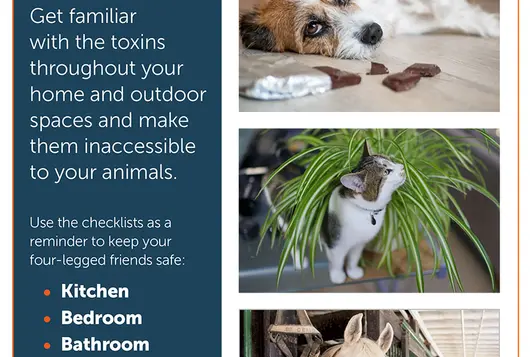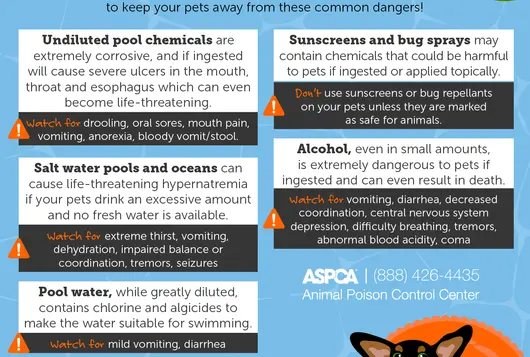Treating the Unknown Rodenticide in Pets

Rodenticides have been on the ASPCA APCC’s Top 10 Toxins list for many years and will likely continue to be for many more to come. In the past, most of the rodenticides being used were anticoagulants, and treatment was simple – if a pet ingested rodenticide, you put them on Vitamin K1 for 30 days. But now, there are several different types of baits available, and they all require different treatments, so it’s important to know what rodenticides are on the market.
Types of Rodenticide
Anticoagulants: Options are to either monitor PT/PTT or start Vitamin K1 therapy. Treat with Vitamin K1 (phytonadione) for 30 days since many of the anticoagulant baits in the US are still long-acting. Additional PT/PTT tests may need to be performed 72 hours after treatment in exposures involving large ingestions.
Bromethalin: While it takes more bait to be a problem compared to anticoagulants and cholecalciferol, treatment options are limited once signs occur from bromethalin. Decontamination (emesis/activated charcoal) to prevent issues is the primary goal with exposures to bromethalin. Attempt to determine amount ingested if possible (for a 0.01% bait, there will be 2.83 mg of bromethalin per 1 ounce of bait) as this will determine how many doses of charcoal you need to give. Owners should continue to monitor the pet at home for neurologic signs up to four days after the exposure.
Cholecalciferol: Cholecalciferol (vitamin D) baits are usually highly concentrated, so it takes a small amount of bait to be an issue. Besides decontamination, monitoring laboratory tests (calcium and phosphorus) daily for 4 days after exposure and obtaining a baseline is generally advised. Often the pet will act abnormally at home (lethargy, anorexia, vomiting, polyuria, polydipsia) if problems are occurring. Treatment of hypercalcemia, if it develops, can last several weeks to months.
Corn gluten: These baits are typically brown and come in disc and pellet forms – but be careful! Other similar-looking brown, pelleted baits contain more serious active ingredients, so you cannot use appearance alone to identify them. If you know for certain that you are dealing with a corn gluten bait, most exposures will only cause GI upset and not require treatment – large exposures in small animals could lead to dehydration or possibly GI obstruction.
Zinc phosphide: These baits are commonly labeled for use against gophers and moles. When ingested, zinc phosphide converts into phosphine gas in the stomach. This gas is very irritating to the GI tract, so vomiting typically occurs – central nervous system (CNS) signs such as ataxia, tremors, and seizures can also occur. The intact zinc phosphide can also be absorbed, leading to renal and liver damage. An important thing to remember about this rodenticide is that phosphine gas is also toxic to people, so induce vomiting outside and immediately dispose of the vomitus in a dumpster outside.
How to Treat Rodenticide Poisoning
- Consult the original packaging or receipt.
The only way to really know is if the owner can provide the original packaging or find a receipt that lists the exact product (search online purchase history if it was ordered over the internet). DO NOT attempt to identify a bait by appearance or by looking online to compare with other baits. There are many baits that have similar appearances but contain different active ingredients. Some manufacturers also make multiple baits with different active ingredients that sound very similar (e.g., bromethalin vs. bromadiolone).
- Start with decontamination.
If you don’t have packaging or a receipt for the rodenticide, the exposure is recent, and the pet is healthy, start with decontamination. This may include inducing emesis and/or activated charcoal. In very large exposures, you may consider repeating doses of activated charcoal; however, this is not a common scenario. Consider weighing the remaining bait if possible or weighing bait recovered in the vomitus to figure out how much the pet may have been ingested, as this may determine if additional doses of charcoal are needed. Put the pet on Vitamin K1 for 30 days and monitor total calcium daily for 4 days. Have the owner monitor for any CNS signs or signs of hypercalcemia and recheck immediately if noted.
We have lots more on this subject:




